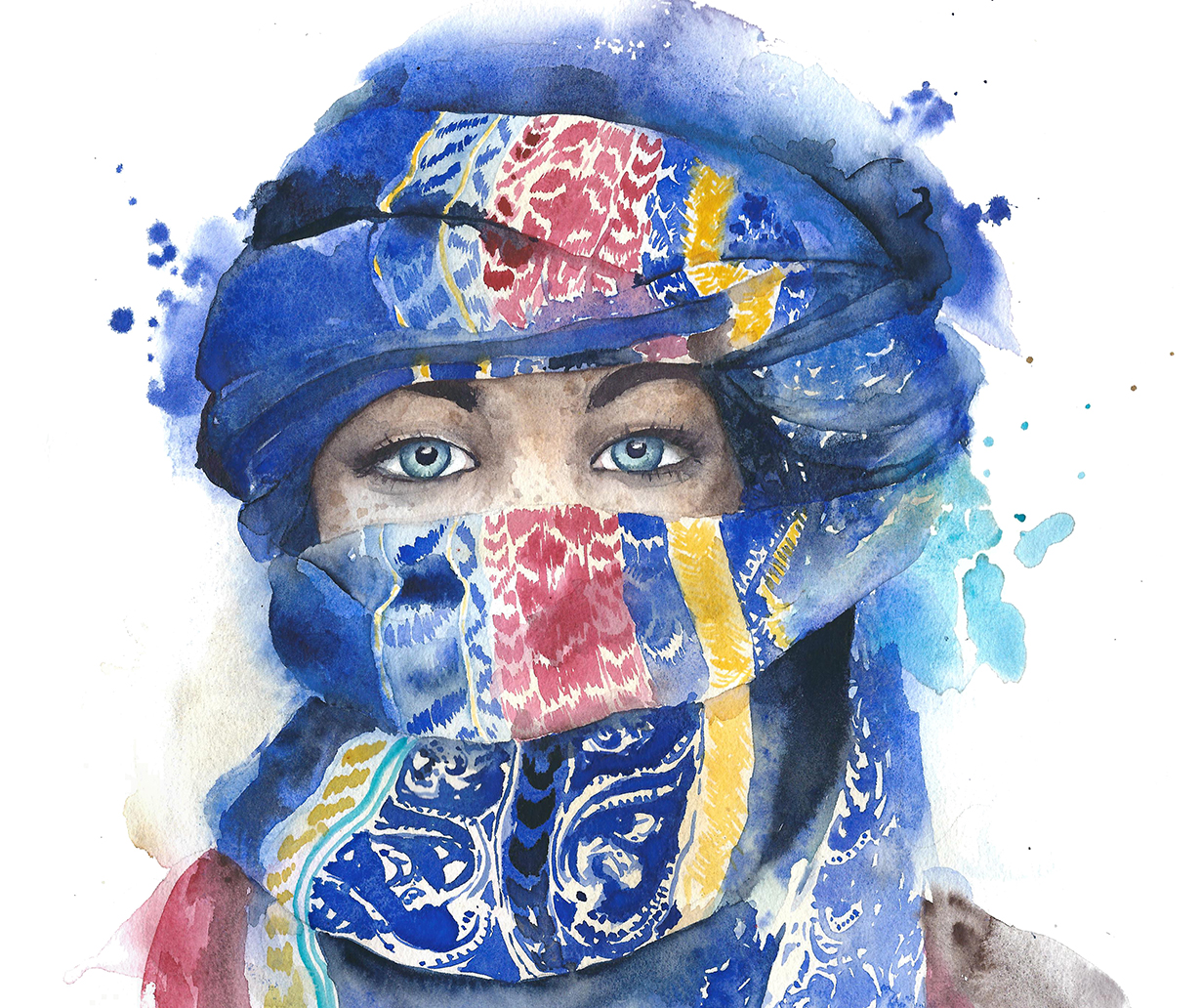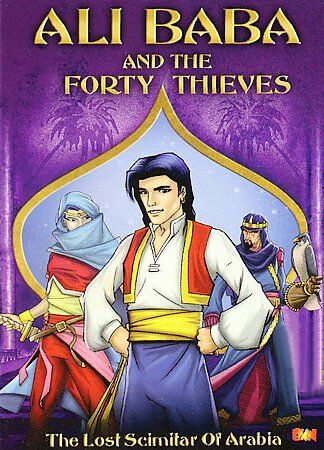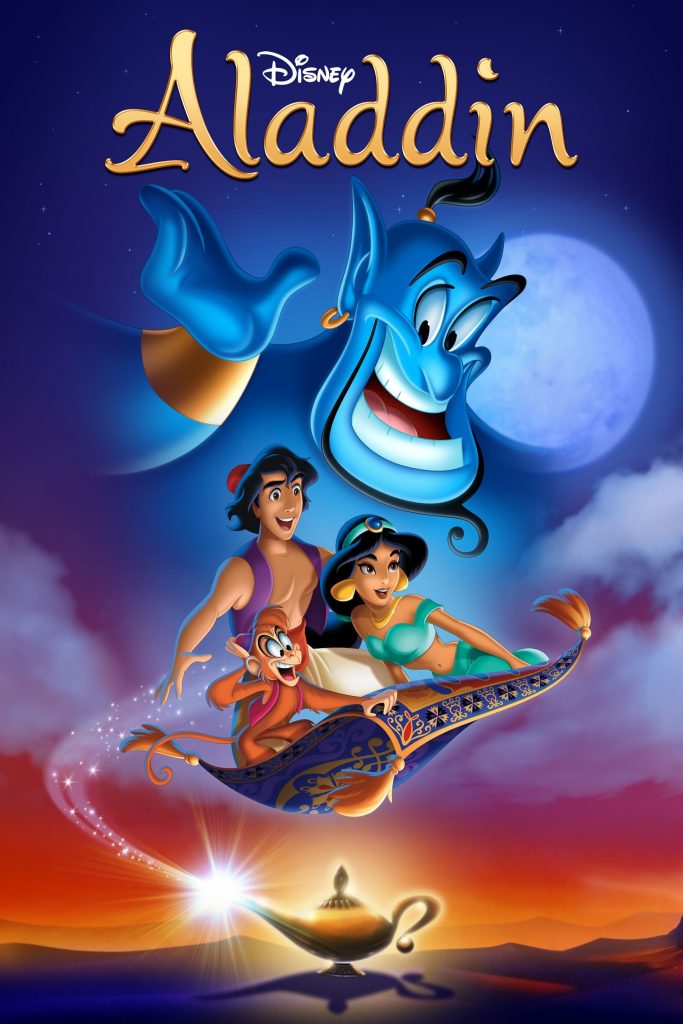Culture Hub
Arabian Nights

Arabic language is one of the main pillars of the cultural diversity of humanity. It is one of the most widely spoken languages in the world, used daily by more than 290 million people. World Arabic Language Day is celebrated every year on 18 December, since 2012. December 18 was chosen as the date for the World Arabic Language Day, as it marks the day when the General Assembly approved Arabic as an official UN language, in 1973.

“World Arabic Language Day is an opportunity to celebrate the great contributions to human civilization, notably through its unique arts, architecture, calligraphy, and literature. The language has also been a conduit, channeling knowledge in science, medicine, astronomy, mathematics, philosophy, and history.” — Message from Ms. Audrey Azoulay, Director-General of UNESCO.
Arabic as a foreign language
Arabic is taught as a foreign language in many countries around the world. Several American, European, Russian, Japanese, and Chinese universities have Arabic language programmes. In Egypt, we welcome hundreds of international students every year who come to study Arabic in public universities and in Al-Azhar University.
Arabic had an impact on other languages as well. For example, the English word ‘lemon’ is borrowed from the Arabic word ‘laymun’; the word ‘café’ is originally ‘Qahwa’ in Arabic; ‘mocha’ is ‘mokha,’ while ‘sugar’ means ‘sokkar’; the Arabic ‘al-jabr’ became ‘algebra,’ along with many other words borrowed from Arabic and used all over the world.
Arabic Literature in Translation
Translation of Arabic literature into many languages was an expected result of the demand for learning Arabic. Novels of the famous Egyptian writer Naguib Mahfouz, the Nobel laureate, have been translated into different languages. Also, translations of Gamal Ghitani’s novel Zeiny Barakat, the Sudanese Writer Tayeb Saleh’s Season of Migration to the North, and the Saudi Author Abdul Rahman Munif’s Cities of Salt are found on the main shelves of the world literature section in big libraries around the world.Arab female writers have also contributed to the enrichment of Arabic literary heritage, with the Omani Writer Jokha Al Harthy receiving the Booker Prize for her novel The Moon Ladies and with many translations of the Granada Triology for the Egyptian Writer Radwa Ashour.
The Arabian Nights
The Arab culture has a long history of contact with other civilisations, as reflected in the Arabian Nights, also called The Thousand and One Nights, in Arabic “Alf Laylah wa Laylah,” which had a geographical range among India, Iran, Iraq, Egypt, and Turkey.
The main frame story of “The Thousand and One Nights” is of a king named Shahryar who finds out that his wife was unfaithful to him during his absence, so he kills her along with whom she betrayed him. Then, despising all womankind, King Shahryar marries and kills a new wife each day. After a while, the minister could not find a virgin bride to the king, till his daughter Shahrazad offered herself to be the bride of the king, and her father reluctantly agreed. Shahrazad, having invented a scheme to save herself and others, told a story to the king every evening, leaving it incomplete and promising to finish it the following night. The stories were so entertaining, and the king became eager to hear the end that he put off Shahrazad’s execution from day to day, till he finally gave up his revenge plan.
The Effect of “The Thousand and One Nights” Tales on Literature and Cinematography
The Thousand and One Nights, which was the first to combine Arab, Indian, and other cultures into a single fabric of creativity, indicates that the Arab culture is a cross-border that is not restricted to its homeland. Its tales of Aladdin, Ali Baba, Thief of Baghdad, and Sindbad the Sailor have become part of Middle East folklore and have booked their places in the world literature.
The Thousand and One Nights greatly influenced world literature, and a number of writers, such as Henry Fielding, Naguib Mahfouz, John Barth, Jorge Luis Borges, Salman Rushdie, Walter Scott, Elizabeth Gaskell, Gustave Flaubert, Alexander Duma, Arthur de Gobino, William Butler Yeats, Constantine Kafavis, Italo Calvino, and Angela Carter, were inspired by its stories.
As for cinematography, the first Hollywood production of Arab folk tales was in 1905 by the American George Mehlis, which was re-filmed lately in Bollywood, Hollywood, and the Japanese cinema.
A famous example of a tale from The Thousand and One Nights taken to the cinema is Aladdin. Aladdin is a 1992 animation film produced by Walt Disney Studios and released by Walt Disney Movies. In 2019, a recent film version of Aladdin was released. It was directed by Guy Ritchie, starring Mena Massoud, Naomi Scott, and Will Smith. The film earned huge revenues as soon as it was released in international cinemas, surpassing $100 million.
The Arab culture has proven to be a rich cross-border culture of literature and language. No wonder the United Nations devoted a day to celebrate Arabic reflecting on its capabilities and rich history, which produced a long-standing culture that is still reproducing itself in new forms simulating imagination around the world.



